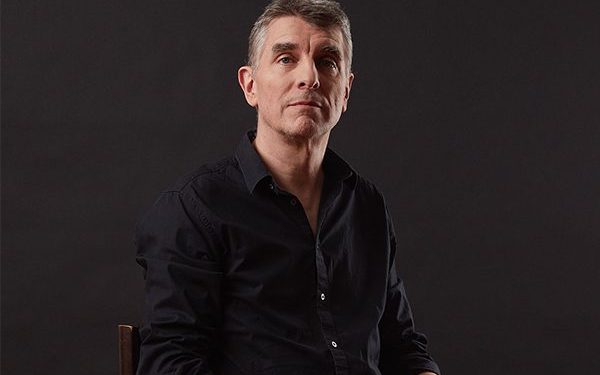By Gail MarksJarvis
CHICAGO (Reuters) – (The opinions expressed here are those of the author, a columnist for Reuters.)
Financial planner David Haas’ client was traumatized in the dentist chair, but it was not the drill that scared her.
It was the dentist’s bad news: The woman needed thousands of dollars in dental work, and she had never imagined such expenses when she retired a few months earlier. “What if it happens over and over again? Will I run out of money?” she asked Haas, her Franklin Lakes, New Jersey financial planner.
Haas assured her they had added up all her living expenses before she retired at 65, and she would be fine even if she lived to 95.
Other retirees are not as fortunate, however, and they fear a medical shock will drain their savings. In a national survey by Brightwork Partners, four in five baby boomers said they worry but they are too confused to plan for medical costs.
Tools are on the way. While most retirement healthcare research focuses on broad lifetime numbers, like Fidelity’s recent estimate that a couple will spend $280,000 on healthcare costs in retirement, a new study by Mercer Health and Benefits and Vanguard Research broke it down more specifically.
The goal is to develop a model pre-retirees can use to estimate healthcare spending on an annual basis to allow for basic budgeting. That can help set savings goals and also give people time to delay retirement if needed. Then they can be more prepared for that unexpected $1,500 dental crown.
MAKE A BUDGET
The researchers found that the average 65-year-old woman retiring on Medicare in 2018 will start out spending $5,200 in a year to pay for medical expenses – including Medicare, additional health insurance, and out-of-pocket costs that are not covered by insurance.
By age 85, the cost jumps to $10,100 per year – or $13,900 for a less healthy person. Older people need more care than people in their 60s, and researchers see healthcare inflation starting at 6.6 percent a year, but trending to 4.5 percent over time.
The researchers came to these numbers by calculating what it costs to be on Medicare, which starts with a monthly fee of $134 a month for Medicare Part B. Then, come extra costs buying Medicare supplemental insurance, or what’s known as Medigap, to pick up doctor and other bills that Medicare does not pay completely. The retiree would also buy drug coverage through Medicare Part D.
Together, all three forms of insurance cost an estimated $3,600 for the year, researchers estimated.
Dental, vision, some drugs and extras like hearing aids are not covered, so that figures into the average $1,600 spent out of pocket.
Cutting out the supplemental insurance cost is often not a cost-saving move. Early retirees with health problems who do that could spend $7,200, according to the Mercer/Vanguard study.
PREPARE FOR SHOCKS
Before retiring, Vanguard Retirement Strategist Maria Bruno suggested people quiz themselves about their health. If they have conditions such as diabetes, arthritis, heart disease or cancer, they are higher risk and spending will likely be more than the $5,200 per year at age 65.
The greatest shocks will occur if people need long-term nursing care at over $90,000 a year, but the researchers found only one in seven will face those costs for two years or more.
People may have a family member who can help with care and hold down the cost, said doctor and financial planner Carolyn McClanahan, of Jacksonville, Florida.
Rather than panicking over possible costs in advance, McClanahan has clients think ahead about lifestyle issues that could affect expenses. For example, as they age they could move close to a family member who could help with care, or they could sell a home and use the proceeds to cover assisted living or a nursing home.
And always have an emergency fund. McClanahan has clients budget $10,000 to $20,000 a year for all unforeseen costs for the home or health.
One way to amass a healthcare emergency fund if a person is still working is to pick health insurance with a high deductible. Such plans often let people put up to $6,900 a year into a Health Savings Account that can be saved until needed for retirement and is not taxed.
A one-year health shock often is not repeated, but expect the unexpected.
“You can’t predict 30 years; not even 10,” McClanahan said. “You will never get the money figured out on the nose.”
Source: Investing.com


























